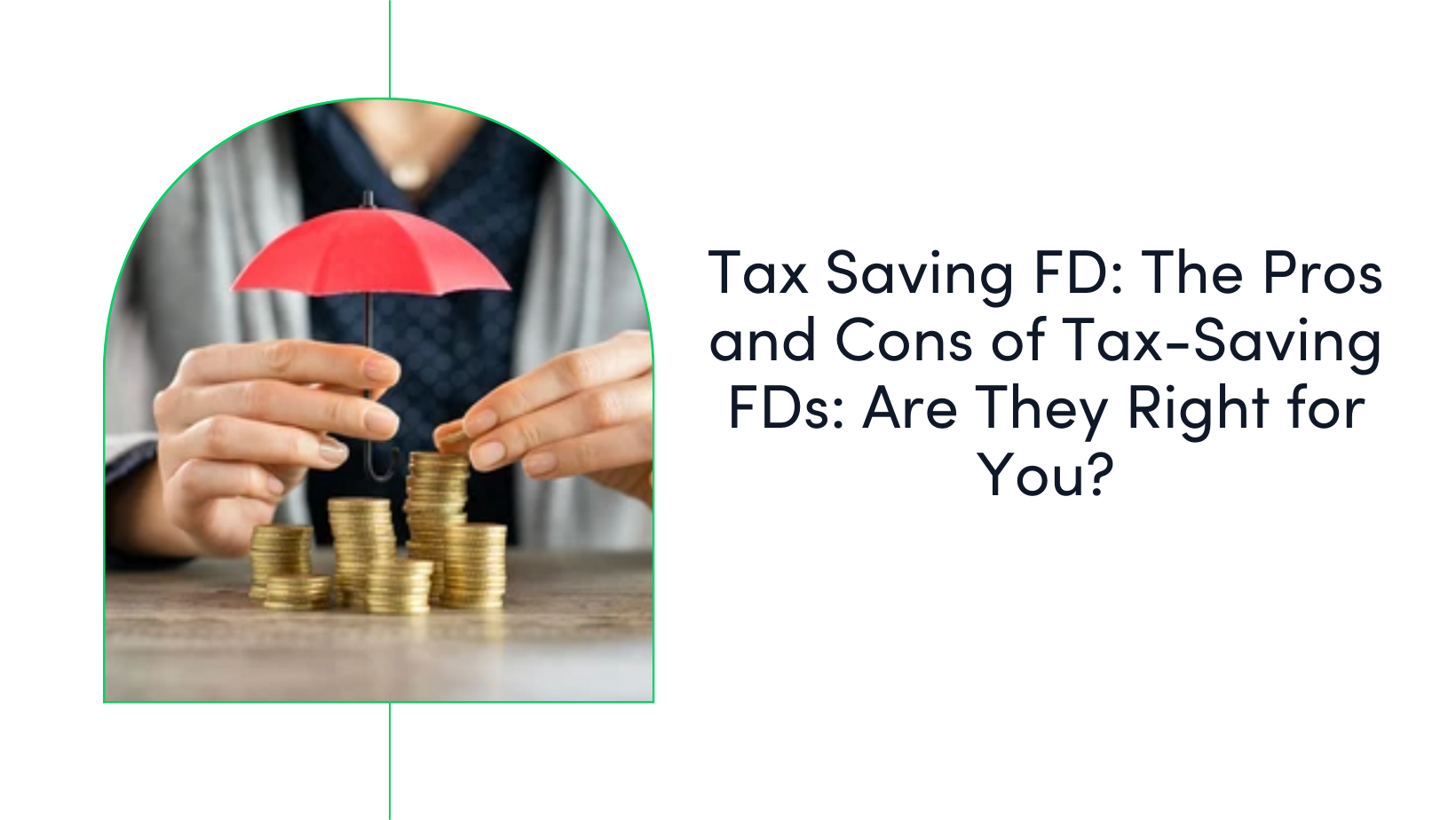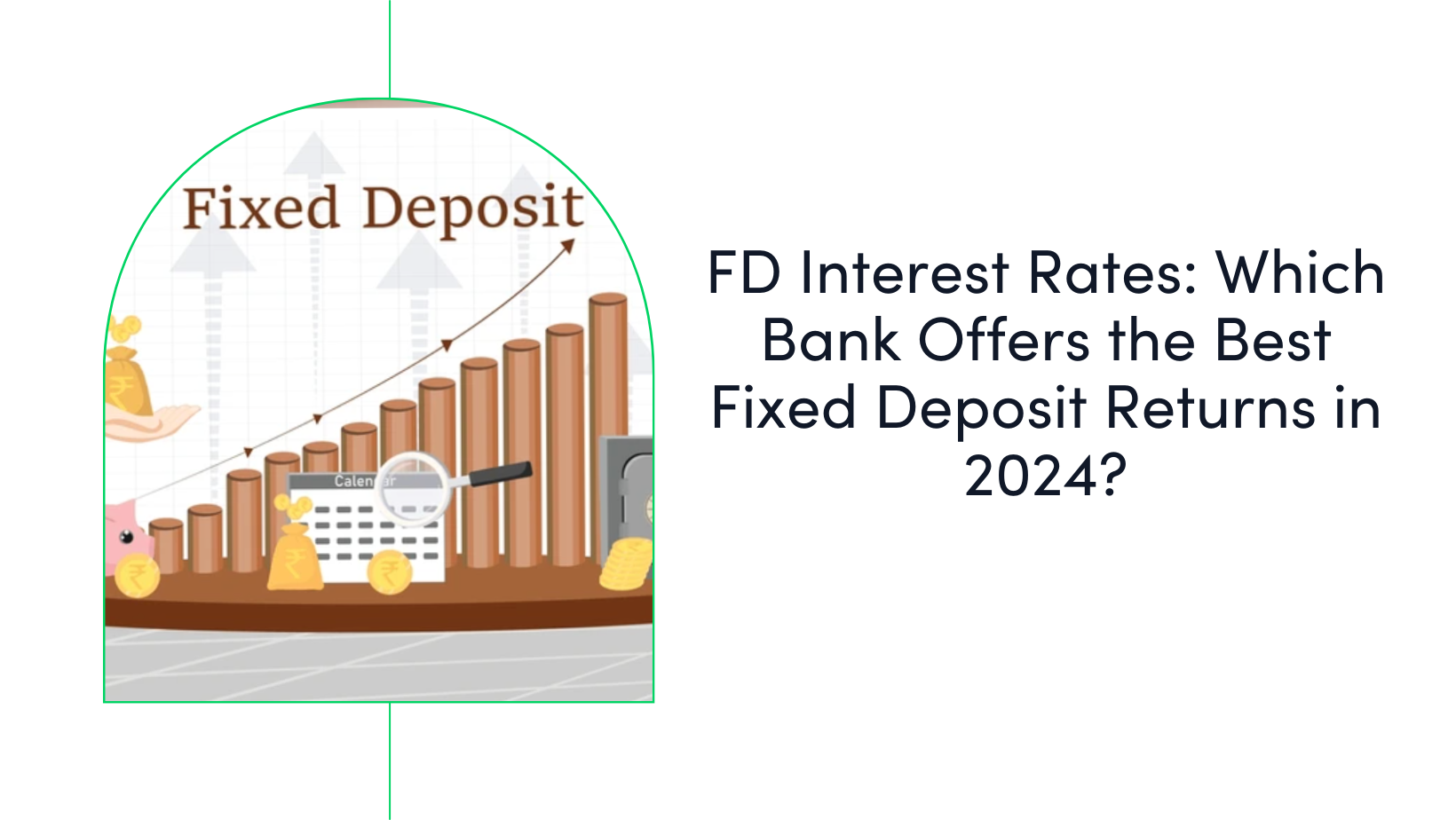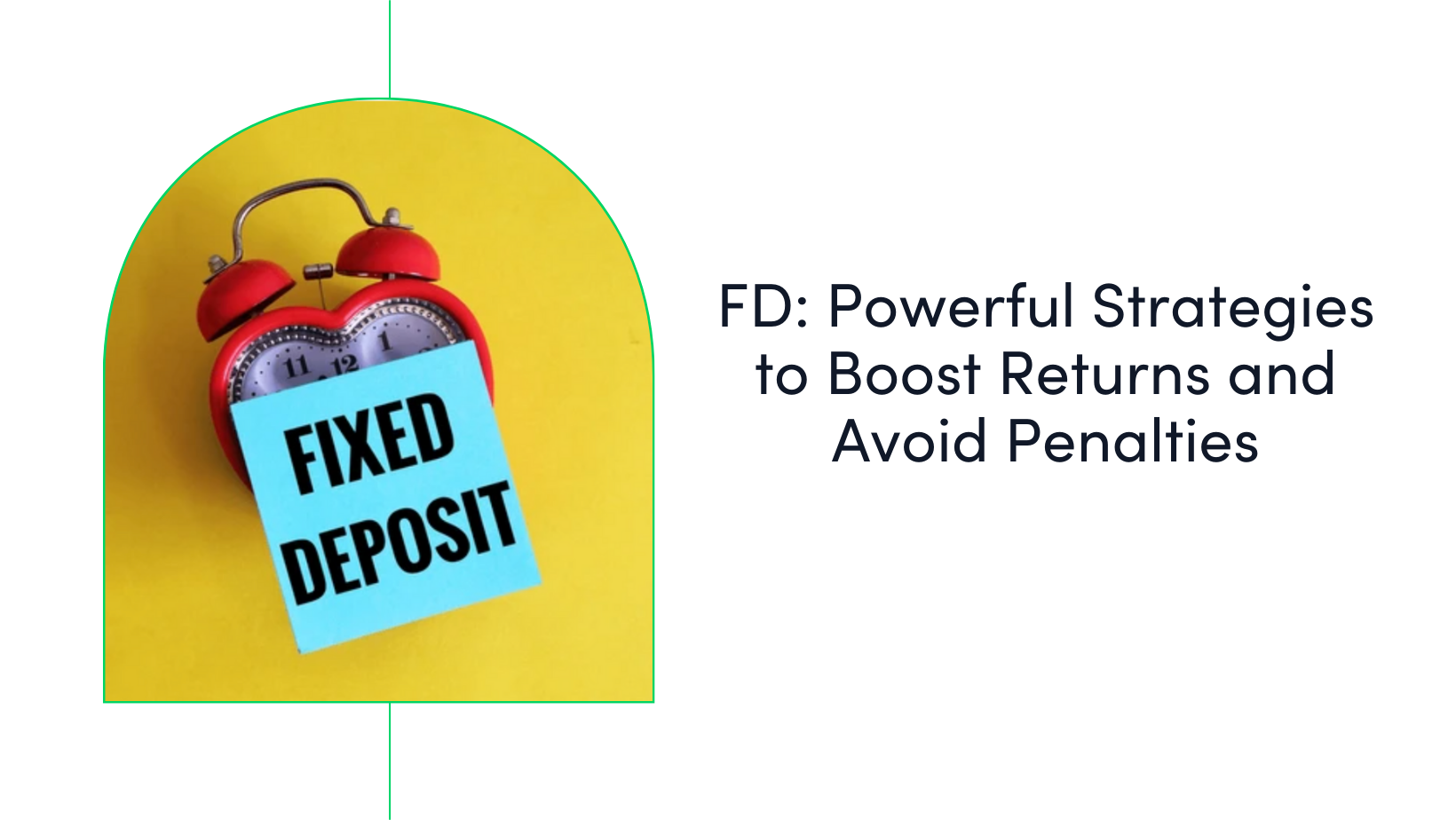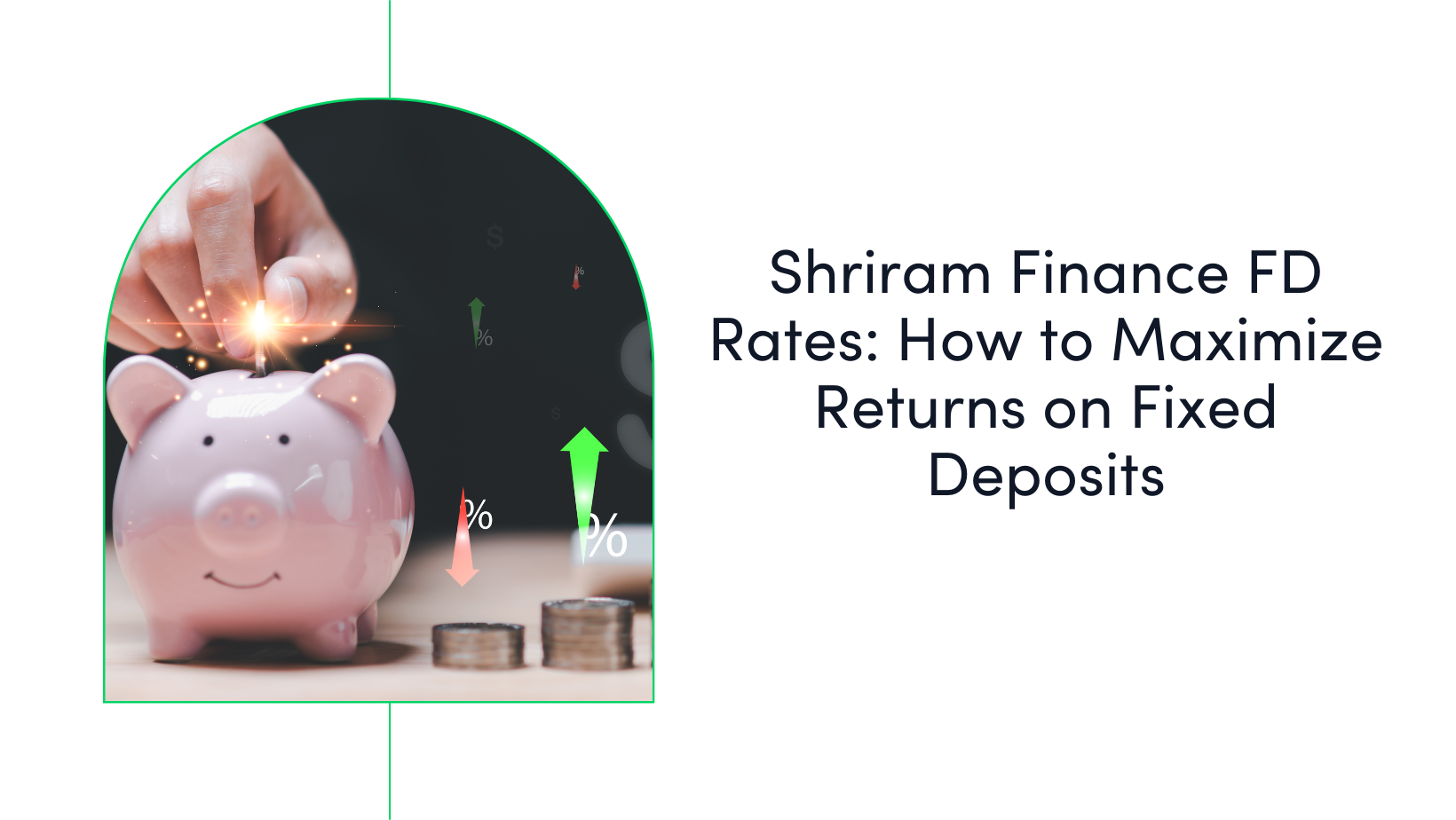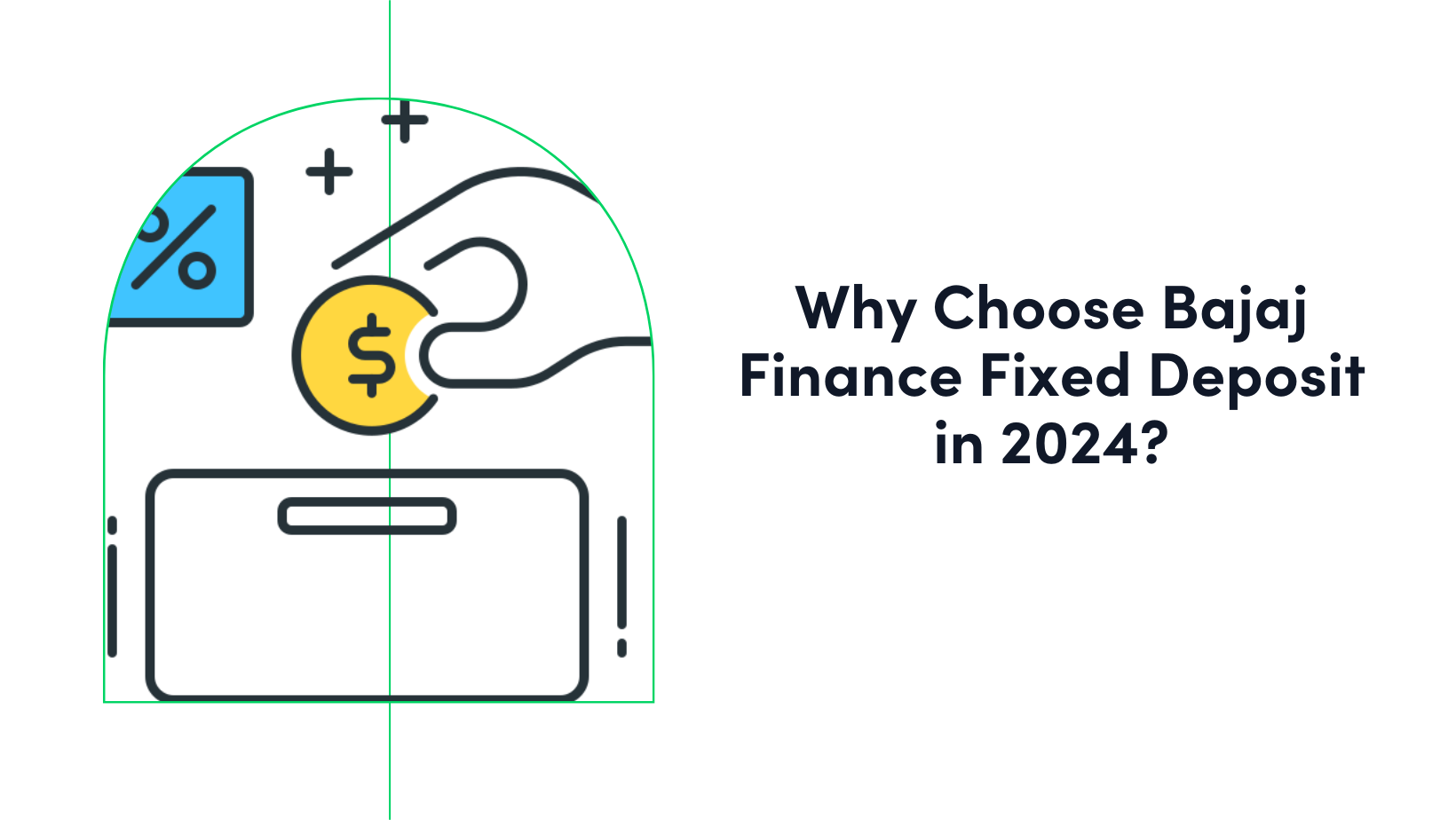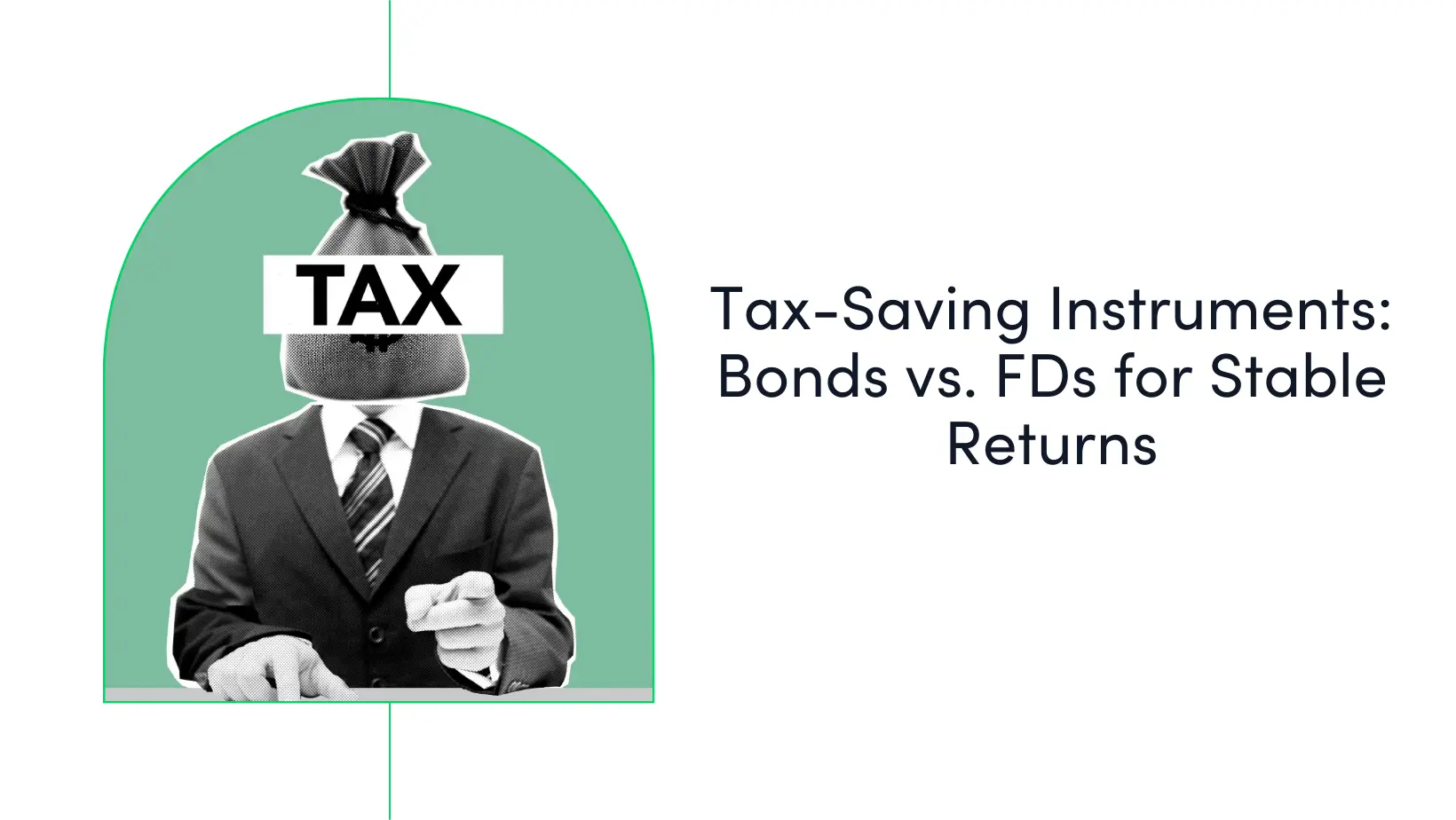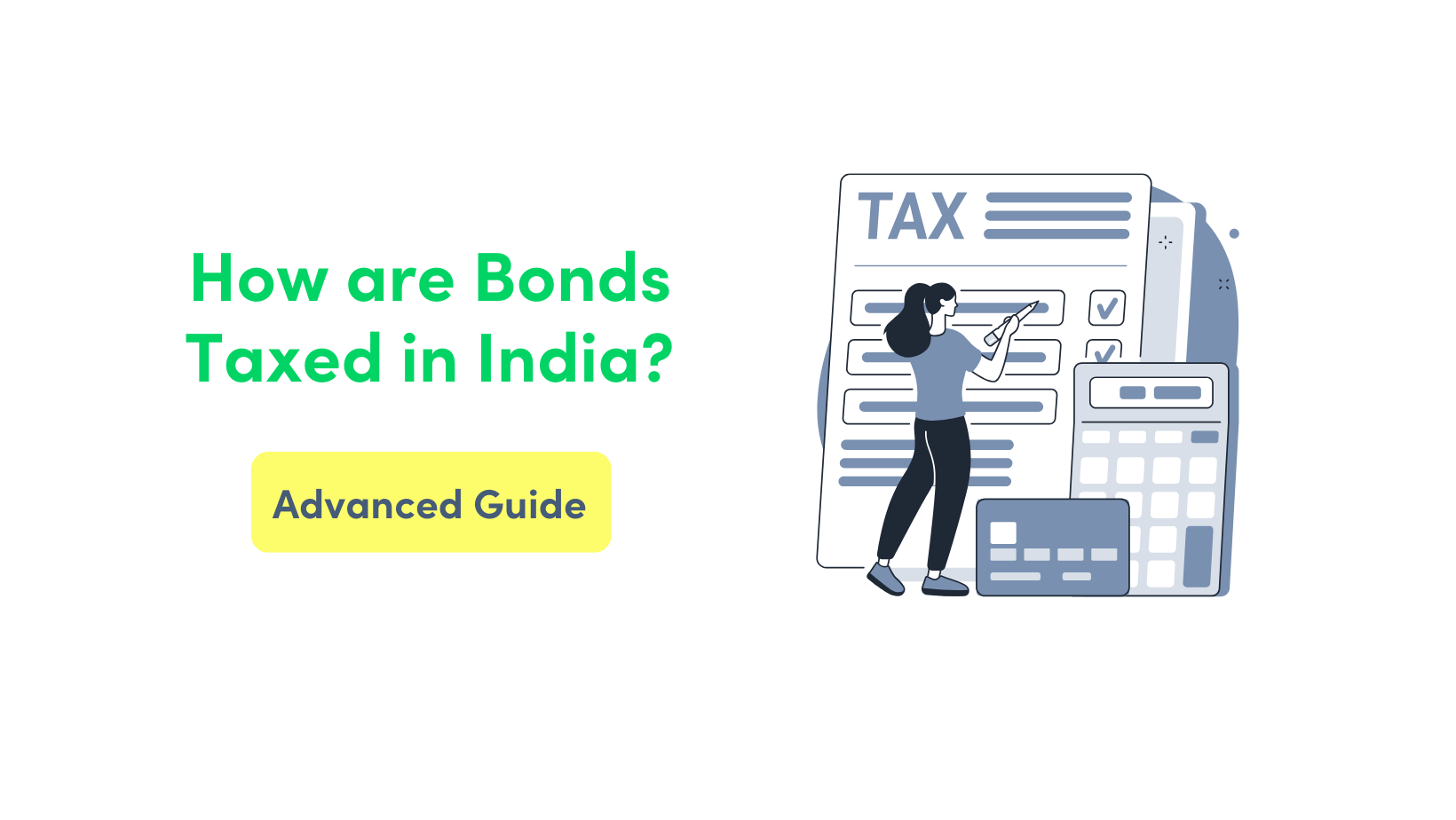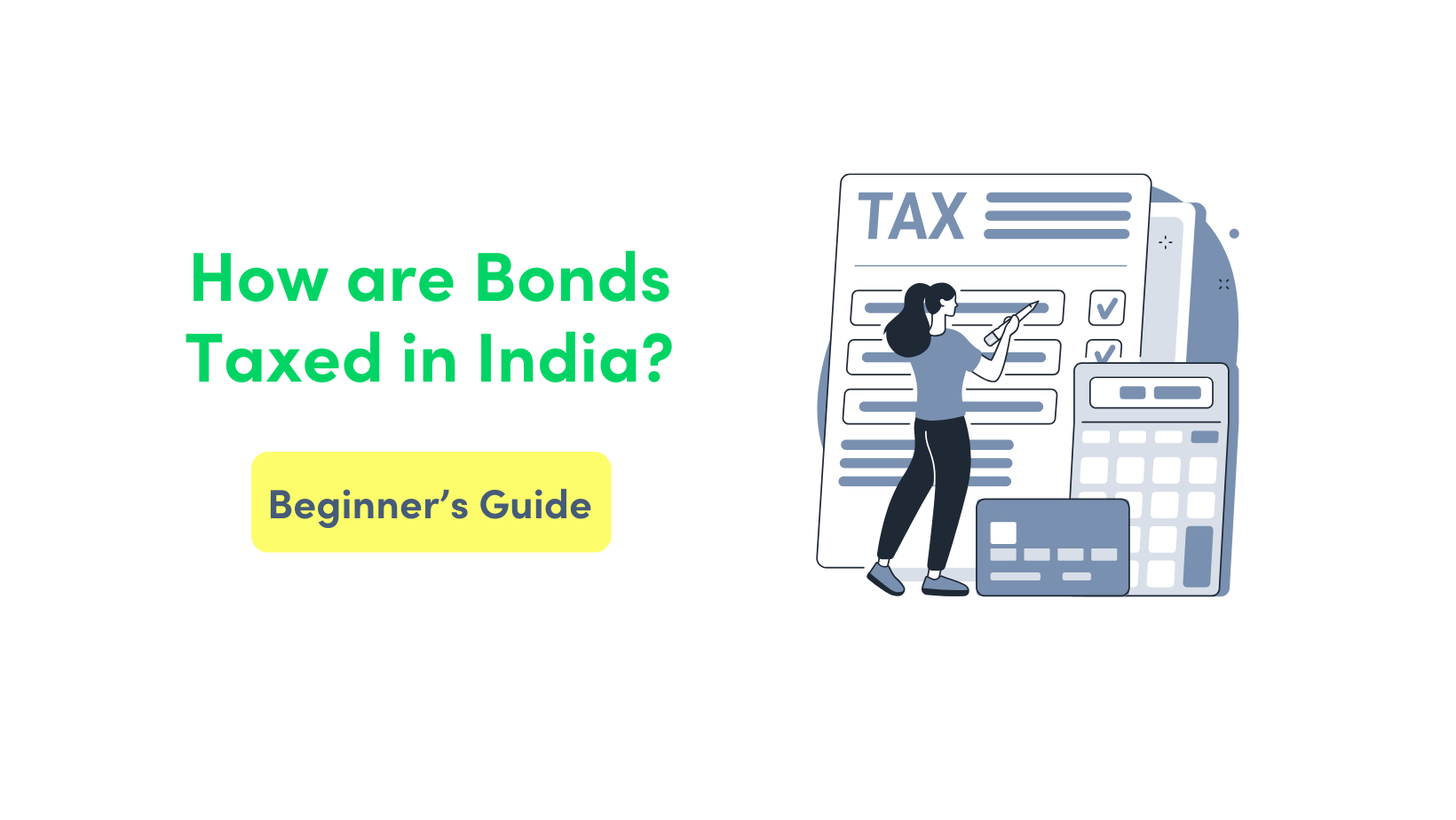Earn 9%–15% on Senior Secured Bonds.
Lower risk. Fixed returns. Start investing on Aspero with just ₹10,000.
Explore Bonds

Fixed Deposits (FDs) are more than just an investment option in India; they are a preferred way for millions to secure their savings while earning stable returns.
In fact, according to RBI data, FDs account for a significant portion of household savings, reflecting their popularity and reliability. In the initial nine months of FY24 alone, a staggering ₹17.55 lakh crore was invested in FDs, highlighting their role as a go-to investment option.
If you’re planning to invest in an FD, this guide will help you understand the factors to get the best FD rates.
Factors that impact FD rates in India
Here are some of the most important factors to get the best FD rates in India.
- FD tenure
The duration of your FD plays a huge role in determining the interest rate. Generally, longer tenures offer higher rates, and this varies across banks and NBFCs. However, the difference may not always be significant.
Here’s a general comparison of FD rates for different tenures:
| Tenure | Interest Rate (Approx.) |
| 7 days – 1 year | 3.00% – 6.00% |
| 1 year – 3 years | 6.00% – 7.75% |
| 3 years – 5+ years | 6.50% – 7.50% |
- Interest payout options
Another factor that impacts the FD rate is how frequently the interest is distributed, whether monthly, quarterly, or on maturity.
If you want higher returns, select interest distributed on maturity at the time of investing in FD.
For example, if you decide to invest ₹10,00,000 in FD in ICICI bank, here’s how the interest would vary.
The total interest in the case of monthly payout will be ₹90,277.
In case of quarterly payout, the total interest will be ₹90,824.
The total interest on maturity will be ₹94,188.
FDs come with majorly two different interest payout structures:
- Cumulative FD: Interest is compounded annually and reinvested with the principal amount. It is paid at maturity and offers a higher FD return.
– Ideal for: Investors looking to gain long-term benefits from their Fixed Deposits.
-Pros:
Higher returns
Deferred tax liability (since the interest is paid only at maturity, tax is calculated then)
-Cons:
Not a source of regular income
Funds are locked in till maturity, resulting in lower liquidity
- Non-cumulative FD: Interest is paid to the investor at regular intervals of choice, such as annual, half-yearly, quarterly or monthly. Since compounding of interest is not occurring, this will result in lower interest return.
-Ideal for: Investors looking for a regular source of income.
– Pros:
Stable and predictable income source
Higher liquidity than cumulative FD
Cons:
Lower returns
Tax is applicable on receipt of the interest payments
- Type of bank
The type of bank also matters to get the best FD rates. Small finance banks and private sector banks tend to offer better rates than public sector banks.
Here’s a quick comparison:
| Bank Type | FD Rate (5+ Years) |
| Public Sector Bank | 6.50% |
| Private Sector Bank | 6.90% |
| Small Finance Bank | 7.25% |
While small finance banks may offer higher rates, it’s crucial to check their credibility before investing.
- Type of FD
Different types of FDs cater to various financial needs, each with its own interest rates. Let’s explore some of the most popular options and how their rates differ.
- Regular FD
This is a standard fixed deposit with a fixed tenure and interest rate. For investments under ₹3 crore, the interest rate for regular FDs ranges from 3.00% to 7.75%, including senior citizen FD rates.
- Tax-saving FD
Tax-saving FDs have a lock-in period of 5 years and give tax benefits up to ₹1,50,000 under Section 80C. Interest rates vary from 6.00% to 8.75% for senior citizens.
- Sweep-in FD
A sweep-in FD combines the benefits of a savings account and a fixed deposit. It automatically transfers excess funds from a savings account into an FD once the balance crosses a predefined threshold.
If the balance falls below this limit, the required amount is seamlessly moved back to the savings account. This setup allows you to enjoy higher FD interest rates while maintaining liquidity, far better than the standard 3.00% offered by most savings accounts.
- Floating rate FD
In a floating rate FD, the interest rate is not fixed but instead linked to an external benchmark, such as the RBI’s repo rate or other market-driven indicators. This means the returns on your deposit fluctuate based on prevailing economic conditions.
If the benchmark rate rises, your FD interest rate increases, allowing you to earn higher returns. Conversely, if the benchmark rate falls, your FD interest rate will decrease as well.
This type of FD is ideal for investors seeking market-linked returns without the volatility and risk associated with equities.
- Corporate FD:
These FDs come with a fixed interest rate and tenure, typically offered by companies and NBFCs, often at higher rates compared to traditional bank FDs.
The interest rates for corporate FDs can range from 7.00% to 8.75%, and in some cases, they may even go up to 9.00%.
| Did you know? Fixed deposits have existed in India for over 100 years! Some of the earliest banks in British India offered FD-like schemes to encourage savings. |
- Age factor
Senior citizens (over the age of 60) get higher FD rates, typically 0.5% to 1% more than the standard rates. For instance, if a bank offers an interest rate of 7% to general investors, senior citizens may receive rates ranging from 7.5% to 8%.
How to Choose the Best FD Rates
Let’s see the step-by-step process to choose the best FD rates.
- Define your financial goals
Before selecting an FD, ask yourself:
Do you need liquidity? If not, opt for a longer tenure for higher returns.
Do you need periodic payouts? Choose a non-cumulative FD for monthly or quarterly interest.
- Compare FD rates using online calculators
Most banks and NBFCs offer online FD calculators. Compare maturity amounts before investing to ensure you the best rate. You just need to add the principal amount and select the tenure. The calculator will automatically show the interest rate and the maturity amount.
- Check the credibility of the institution
Higher returns often come with higher risk. If you’re considering small finance banks or NBFCs, check their credit rating and financial stability. Choose institutions with strong RBI approval and a good track record.
- Check premature withdrawal terms
Some banks charge penalties for premature withdrawals, typically around 0.5% – 1% of the interest rate. If you need flexibility, look for banks that offer minimal or zero-penalty withdrawals.
- Look for special FD schemes
If you want higher returns, you can also invest in special FD schemes. Some banks introduce limited-period FDs with higher interest rates.
Examples include:
SBI Amrit Vrishti FD (Tenure: 444 days, Higher Rate)
HDFC Green Deposit (For sustainable investments with competitive rates)
- Understand Tax Implications
FD interest is taxable under the Income Tax Act, 1961.
If your FD interest for any particular financial year exceeds ₹40,000 (₹50,000 for senior citizens), TDS (Tax Deducted at Source) is applied.
Use Form 15G/15H to avoid TDS if your total income is below the taxable limit.
- Use an FD Laddering Strategy
Instead of putting all your money in one FD, diversify across different banks and tenures. This ensures:
- Higher liquidity
- Flexibility in reinvesting at better rates
- Protection against sudden interest rate changes
Invest in FDs through Aspero

Aspero FD’s
Finding the best FD is more than chasing the highest rate. You need to balance returns, safety, and flexibility. While small finance banks and NBFCs may offer attractive rates, ensure they’re credible before investing. Always compare best FD rates, check for hidden terms, and factor in premature withdrawal terms.
Looking for a hassle-free way to manage your fixed-income investments? Aspero is your all-in-one platform for everything fixed income — from FDs to Bonds.
Explore and invest in fixed deposits from top issuers like Bajaj Finance, Shriram Finance, Suryoday Small Finance Bank, and more. Easily compare interest rates, assess your options, and make informed decisions — all in one place.
With Aspero, fixed-income investing is hassle-free, transparent, and tailored to your goals.


